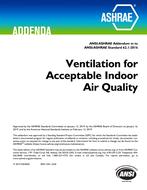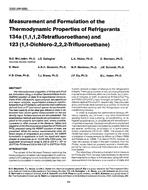Building located inside oil refineries are a typical example of industrial buildings where designers need to balance life safety and energy efficiency. The three most common hazards that such buildings are subject to are blasts, toxic gases and flammable gases. The key to achieving energy efficiency without compromising life safety is to understand the hazards imposed on a refinery building and the mitigation measures required. The paper will describe how a Vapor Cloud Explosion (VCE) differs from other explosions and how selecting the right blast damper for the over-pressure and impulse of a specific blast will result in energy savings. Also, the paper will cover the different acceptable toxic gas levels inside a given refinery building and how selecting the right gas phase filters will improve energy efficiency. Moreover, the paper will analyze the energy savings that could result from choosing the right pressurization/purge method in NFPA-496 to mitigate the risk of flammable gases in buildings located in “electrically classified areas”. The paper will also cover how corrosion inside refineries differs from normal corrosion (salt based) and how it will affect coil coating to avoid coil deterioration and hence equipment efficiency.
Citation: 2017 Winter Conference, Las Vegas, NV, Conference Papers
Product Details
- Published:
- 2017
- Number of Pages:
- 8
- Units of Measure:
- Dual
- File Size:
- 1 file , 690 KB
- Product Code(s):
- D-LV-17-C024


